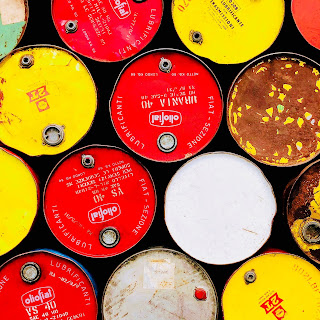Attorney: OPEC Decision Not to Cut Oil Production Will "Entrench and Increase" North American Competitive Advantage
From JDSupra:
Connect with us on Facebook and Twitter!
Follow @EnergyNewsBlog
Oil price uncertainty strengthens the global competitive advantages of U.S.—and Canadian—unconventional oil projects. Both countries offer excellent geology, robust supporting infrastructure, deep local capital markets, stable politics, and favorable legal and regulatory regimes. They will be the markets that see the leading edge of efficiency improvements and cost decreases. In a nutshell, the OPEC low-cost producers’ decision to launch and sustain a crude oil price war will only entrench and increase the North American shale drillers’ first-mover advantage over the next several years.[1]
The U.S. already has a massive lead on other countries that are developing (Argentina) or that seek to develop (China, Mexico, Russia) unconventional oil and liquids projects, as reflected by the fact that liquids output growth in the U.S. between 2009 and 2014 was roughly three times larger than that of Canada, China, and Russia combined (Exhibit 1).
Exhibit 1: U.S. Liquids Production Growth Compared to That of Other Current and Potential Unconventional Oil Producer Countries
Source: EIA, El Universal, National Energy Board, NBS China, Reuters
Read more by clicking here.
First-mover status favors the core U.S. and Canadian developments because most overseas shale oil projects (in China, for instance) are in the test phase and remain too small to capture economies of scale and thus need much higher oil prices to produce economically. Even for the main non-North American play that is actually in commercial development—Argentina’s Vaca Muerta—analysts estimate that it needs prices close to $85 per barrel to break even.[2] This is on par with the highest-cost U.S. plays such as the Tuscaloosa Marine Shale—and far above the costs of the Bakken, Eagle Ford, and Permian, which have many areas that are profitable at prices as low as $50/bbl (and in some cases lower).[3] And these breakeven points in the U.S. are likely to fall as costs decline—indeed, one of the largest U.S. unconventional oil producers expects its drilling and completion costs to decline by at least 20 percent in 2015.[4]
Connect with us on Facebook and Twitter!
Follow @EnergyNewsBlog



